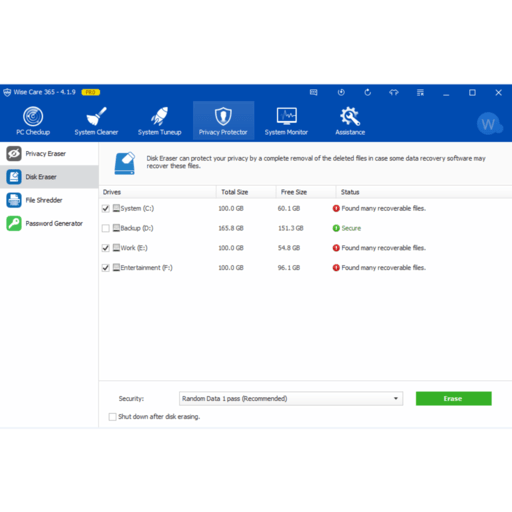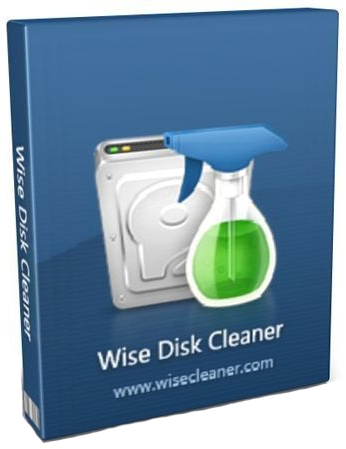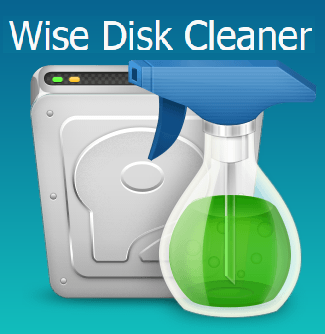

# -Confirm:$false - (quiet mode) suppresses prompts* # -Recurse - includes files in sub-directories # Deletes everything inside the *Download* folder *-Force - forces deletion of read-only files Set-Location $env:windir\SoftwareDistribution\Download # Targets the Windows Cached Update location Keep the Services window open to re-enable the Windows Update service later. Inside the Services window, right-click on Windows Updates and select Stop. You should then see the Services window pop up.Ģ. Click on the Windows start menu and type services.msc.To remove cached updates, you’ll first need to stop the Windows Update service. The Windows Update service typically locks cached updates. Perhaps you’re getting an error, or it’s stuck at 0% download progress. Other than cleaning up your storage, removing cached updates fixes issues with Windows Update.

The only caveat is that the files keep piling up, eating away storage space. When Windows 10 downloads and installs updates, it caches update files that let you uninstall them at some point if needed. When Microsoft releases new updates, Windows 10 will tend to download and install them automatically. Windows Updates tend to do what they please in the Windows 10 background. You should see the Backup settings application click on that.ĭeleting System Restore Points Removing Cached Updates

All examples demonstrated in this tutorial were done on Windows 10 Build 1909, but these tips should work on older builds also. If you’d like to follow along with each of these handy storage-saving tips, you’ll only need to meet one prerequisite Windows 10. Other Space-Saving Tips to Clean up Windows 10.Deleting System Folders Using PowerShell.Deleting the $Windows.~BT and $Windows.~WS Folders?.Deleting the Windows.Old Folder After a Windows 10 Upgrade.


 0 kommentar(er)
0 kommentar(er)
